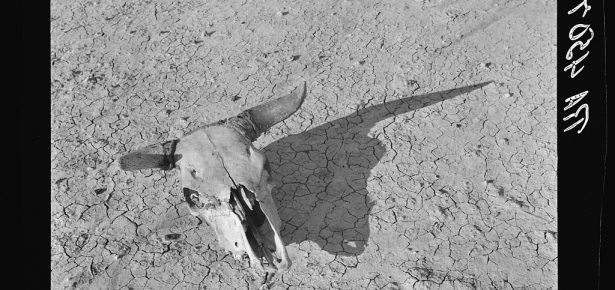
Writing a book about John Steinbeck has many twists and turns, but something I never expected was to go viral in the process. I was interviewed by Dalya Alberge for The Guardian/The Observer about my interest in Steinbeck, but then the story was picked up by The New York Times and a host of other news and magazine sites online and in print. I made appearances on local TV news shows, public radio in Canada, and I was interviewed by Spanish and Italian journalists. The story became a question on the popular radio news quiz show in the US, Wait Wait… Don’t Tell Me! Humorous spin-offs from the story appeared in Slate and on the opinion pages of The Washington Post. I heard a rumor that the story made it onto The Late Show with Stephen Colbert.
What on earth was happening?
The story, which sprang to life in conversation with Ms. Alberge, concerns a little-known fact: in 1930, Steinbeck wrote a murder mystery/detective novel called Murder at Full Moon, and it’s sitting, virtually unread, in the archives of the Harry Ransom Center at The University of Texas in Austin. This is not some unfinished manuscript, like F. Scott Fitzgerald’s posthumously-published The Love of the Last Tycoon, but a complete, 233 page, corrected typescript that contains two illustrations (diagrams of the murder scenes) drawn in Steinbeck’s hand. And there’s a twist: Steinbeck’s detective novel has a werewolf theme, and the Steinbeck estate is refusing to publish it.
That said, I could not quite account for the viral spread of the story. Why would an article about Steinbeck set the internet alight?
An obvious answer: surprise. Who would have thought that Steinbeck, recipient of the Nobel Prize for Literature, and largely known for his realist writings about the social struggles of the Great Depression, wrote a potboiler novel featuring a werewolf? In fact, Steinbeck was experimenting with several different ways of writing at this early point in his career, including forays into human interiority and point of view that we associate with high modernism (Steinbeck destroyed these early manuscripts, but he did not destroy Murder at Full Moon). Indeed, Murder at Full Moon itself has a modernist, even postmodernist feel: the amateur detective at the center of the novel has developed a theory of crime detection based on his reading of crime fiction, which makes the book ironically (and comically) aware of its own conventions. That Steinbeck wrote a potboiler may be surprising to some, but it shouldn’t be. He was notoriously chameleonic throughout his career, co-authoring a marine biology textbook, writing an award-winning Broadway play, producing recruitment propaganda for the US Armed Services, planning theses for John Cage to set to percussion music, translating an Arthurian classic from Middle English, and researching a history of a Mexican Revolutionary leader. Murder at Full Moon only adds to a variety that makes Steinbeck one of twentieth-century American literature’s most experimental writers.
If Steinbeck’s werewolf novel still surprises us then we should take a closer look at his work in light of the relevant scene in Murder at Full Moon when one of the characters, under the influence of the moonlight and its impact on the malignant environment of the surrounding marshland, transforms – like a werewolf – into a murderous creature unrecognizable as human. The moment strikes at the heart of central themes that run through Steinbeck’s body of work: his ecological interest in the relationship between humans and their environment; his exploration of the fragile line that separates humans from nonhuman animals; and his recognition of the capacity of our species for fundamental transformation, both physically and mentally. Steinbeck’s work often pushes at the boundaries of the human in surprising and experimental ways. For example, in stories like “The Chrysanthemums” he explores a shift to a passive and receptive mindset in which a character photosynthesizes like a plant. And in stories like “The Vigilante” and The Red Pony he explores how participation in mob activity turns individuals into unthinking beasts capable of heinous crimes.
If we know where (and how) to look, werewolves are everywhere in Steinbeck’s work.
Latest Comments
Have your say!